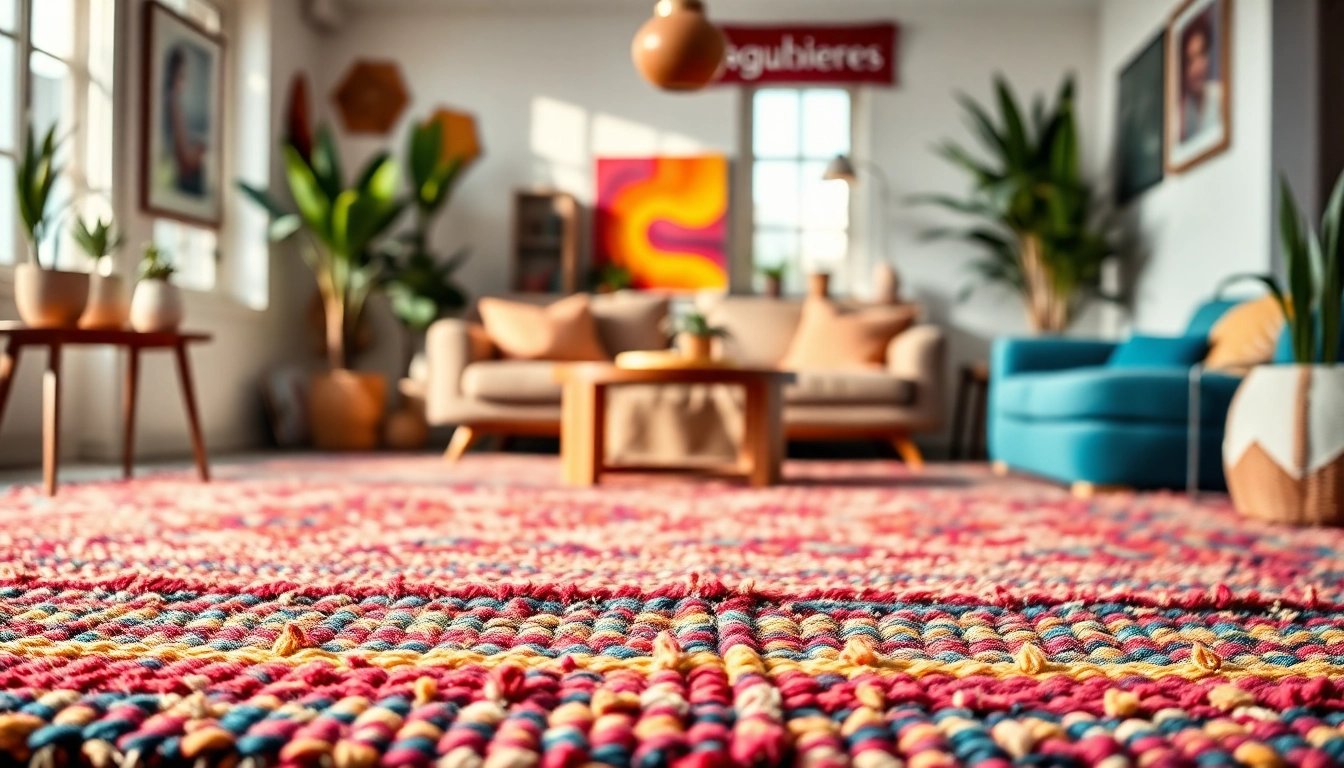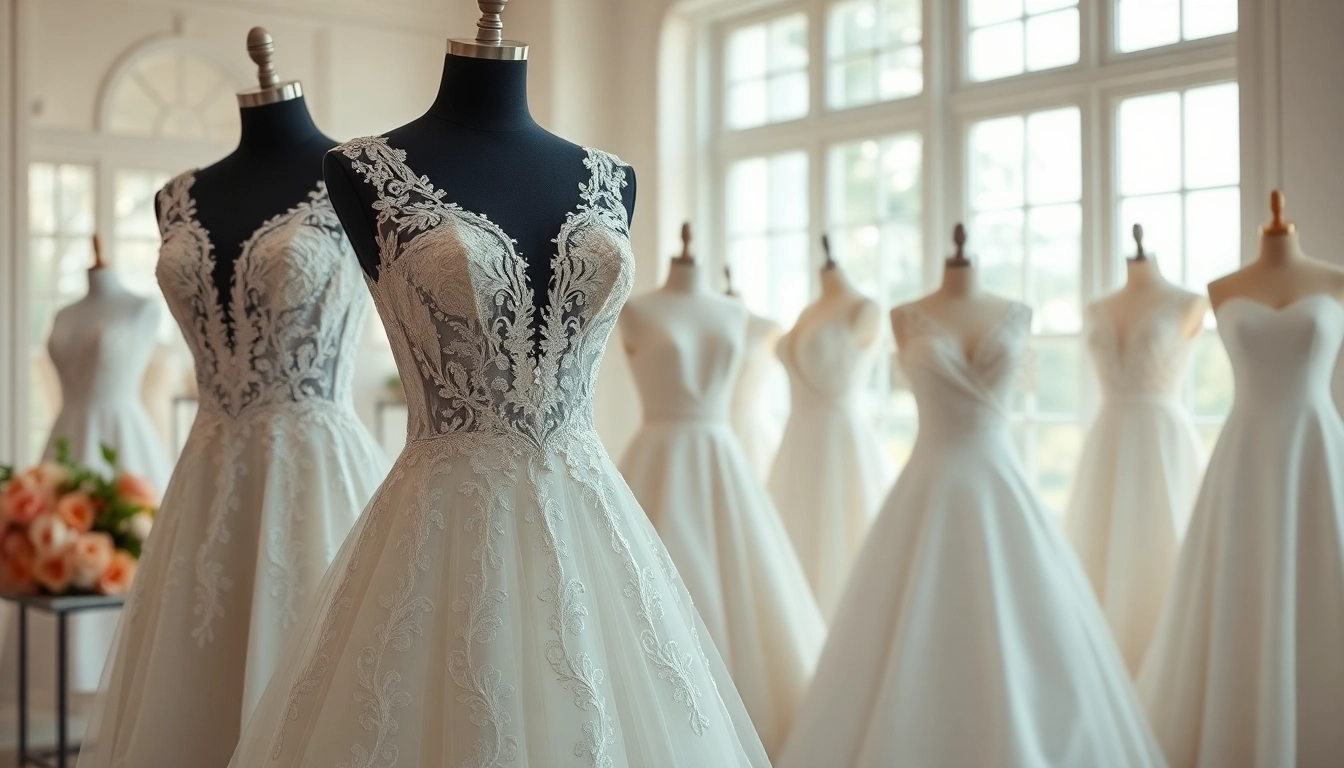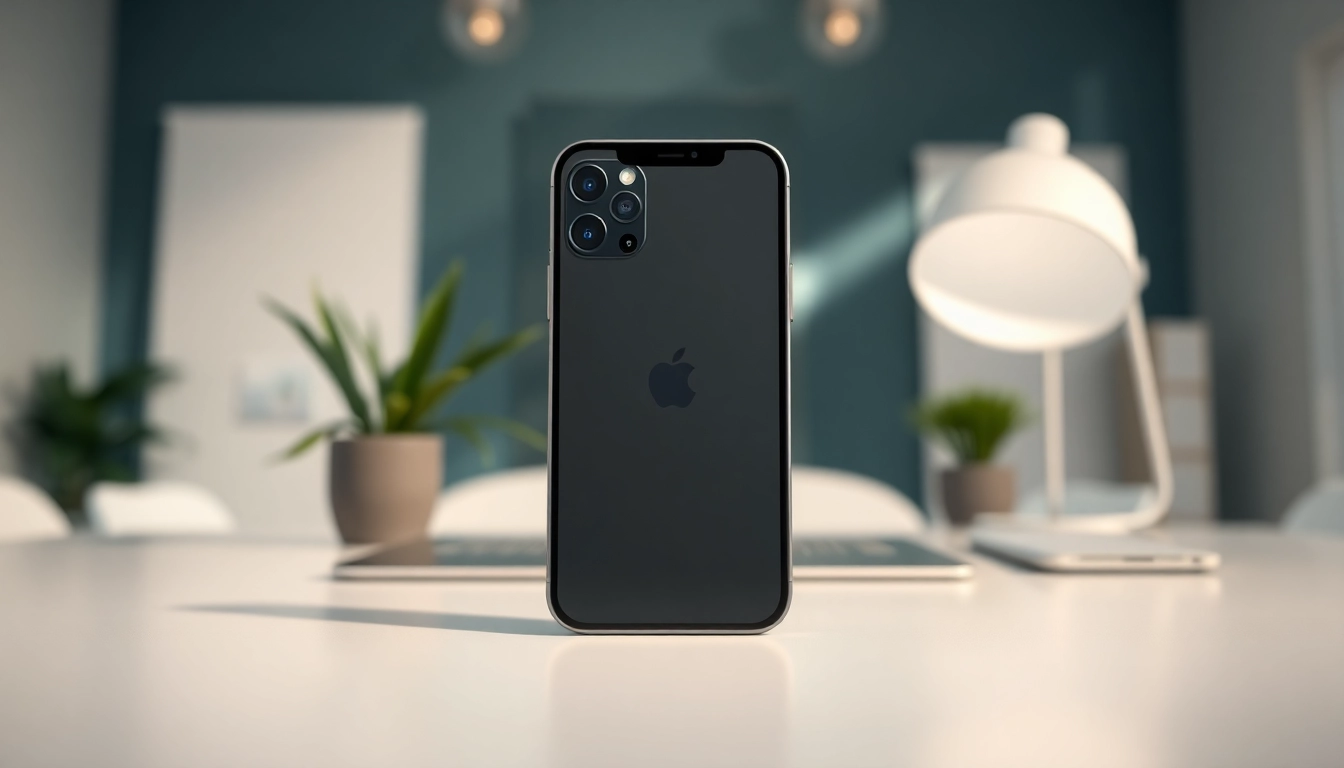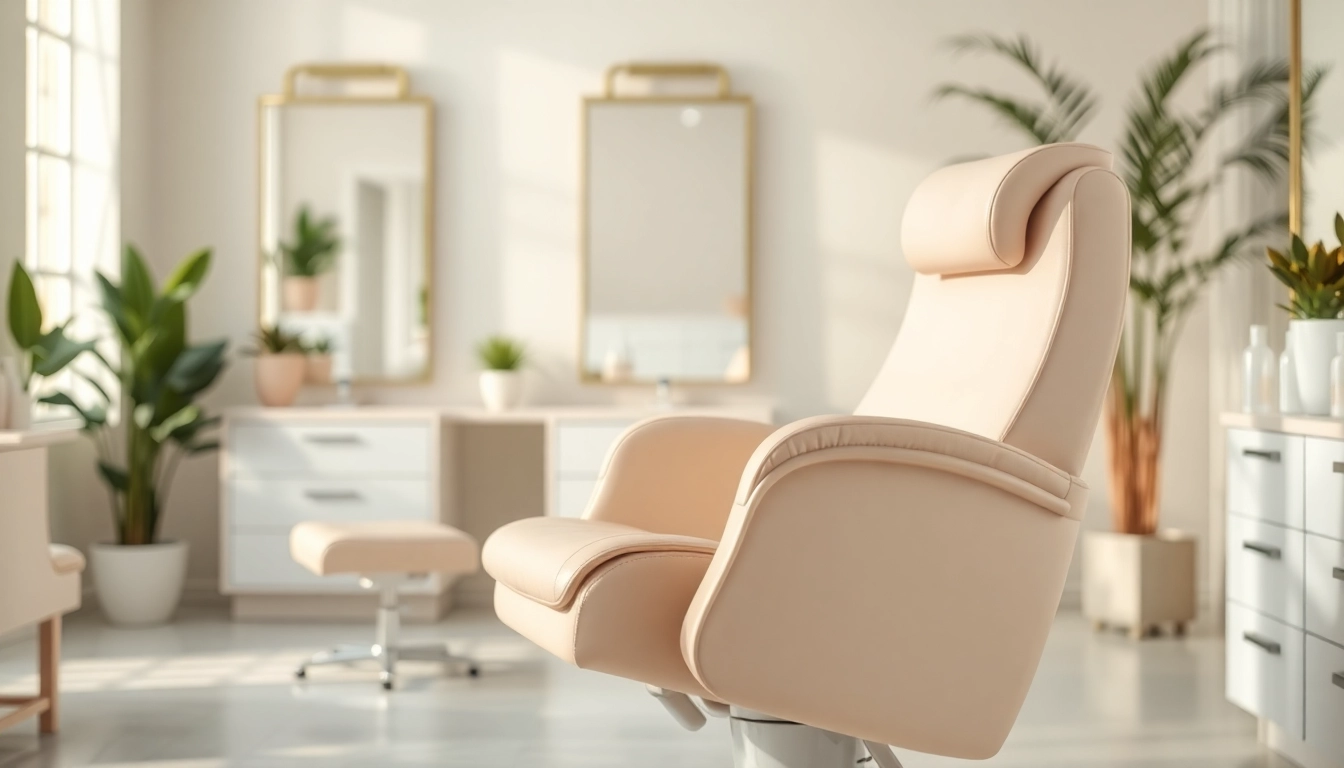Understanding Boucherouite Rugs
What are Boucherouite Rugs?
Boucherouite rugs are vibrant and eclectic textiles synonymous with Moroccan craftsmanship. Often described as a delightful explosion of color and creativity, these handmade rugs originate from the traditional Berber tribes of Morocco. What sets Boucherouite rugs apart from other types of carpets is their distinctive composition, relying on a variety of recycled textiles such as cotton, wool, and even synthetic fabrics. This method of employing discarded clothing and materials not only minimizes waste but also adds a layer of narrative and history to each piece.
Through the innovative reweaving process, fragments of old fabric are transformed into a beautiful work of art. The result is a unique patchwork of colors and textures that evoke a sense of individuality and story. To explore a wide array of these handcrafted masterpieces, you can visit https://labboho.com/collections/boucherouite-rugs.
The History Behind Boucherouite Rugs
Tracing their origins back to the mid-20th century, Boucherouite rugs emerged as a necessity for Moroccan women who sought to create functional and decorative items from available resources. During a period marked by economic constraints and material shortages, women began to repurpose old clothes and textiles. Over time, the art of crafting these rugs evolved and became associated with cultural identity and expression, transforming into a symbol of creativity and resilience among the Berber communities.
The word “Boucherouite” itself is derived from the Arabic language, signifying a mix of various leftovers. The ingenuity inherent in these rugs aligns with the Berber people’s deep-seated values of sustainability and resourcefulness, making them not just decorative items but also a vital cultural expression.
The Craftsmanship of Moroccan Artisans
The creation of Boucherouite rugs is a labor-intensive process that demands both skill and creativity. Artisans begin by sourcing discarded fabrics, cutting them into strips, and then weaving them together in diverse patterns and colors. Each artisan brings their unique touch to the rugs based on personal style, local customs, and the emotional resonance they wish to convey through their work.
This craftsmanship goes beyond manual skills; it encapsulates stories, traditions, and heritage. As a result, every Boucherouite rug is one-of-a-kind, striving to capture the essence of the weaver and the culture they represent. Consequently, the expertise of Moroccan artisans is increasingly recognized globally, elevating these pieces beyond mere functional items into treasured collectibles.
Choosing the Right Boucherouite Rug for Your Home
Factors to Consider When Selecting
When it comes to choosing the right Boucherouite rug, several key factors should inform your decision. First, consider the size of the rug in relation to the space you intend to place it. A well-sized rug can anchor a room’s design and create a cohesive look, making it essential to measure the area accurately.
Another factor is the color palette. Boucherouite rugs are known for their vivid and varied colors, so it’s essential to select a rug that harmonizes with your existing decor. Think about the mood you wish to create — bright colors can be exhilarating, while earthy tones can lend warmth and tranquility.
Lastly, consider the fabric combinations. Boucherouite rugs are primarily made from recycled materials, and understanding the types of fabrics used can help you assess durability and comfort. Wool blends are typically more resilient than cotton alone and might better suit high-traffic areas.
Styles and Patterns Available
The beauty of Boucherouite rugs lies in their versatility, offering a wide range of styles and patterns. Traditional designs often incorporate geometric shapes and bold motifs reflective of Berber culture. However, modern interpretations might embrace abstract designs with playful mismatched colors and textures.
Some popular pattern styles include:
- Geometric Patterns: Often featuring bold shapes like diamonds and triangles, providing a striking visual impact.
- Abstract Designs: Celebrating improvisation, these rugs integrate spontaneous color placements that tell a story of modern creativity.
- Floral and Nature-Inspired Motifs: Certain designs might draw from Moroccan landscapes, adding a touch of nature’s beauty to your interior.
- Mixed Techniques: Many artisans blend traditional methods with contemporary styles for unique results that appeal to various tastes.
How to Match with Existing Decor
Integrating a Boucherouite rug into your home decor can be approached with creativity and flair. To achieve harmony, consider these strategies:
- Color Matching: Choose colors from the rug that complement or match existing furniture or decor elements to create a cohesive look.
- Contrasting Styles: Embrace the eclectic nature of these rugs by mixing them with various styles. Pairing a Boucherouite rug with minimalistic furniture can create an exciting contrast.
- Layering: For depth and texture, layer the rug with other rugs or textiles. However, keep the arrangement balanced to avoid visual clutter.
- Use as a Focal Point: Place the rug in a central area to draw attention, allowing its unique design to become the centerpiece of the room.
Care and Maintenance of Boucherouite Rugs
Cleaning Techniques for Longevity
The maintenance of Boucherouite rugs is straightforward when proper techniques are followed. Regular vacuuming is essential to keep dirt and dust from accumulating. Ideally, using a vacuum without a beater bar prevents damage to delicate fibers.
In terms of deep cleaning, gentle hand washing is recommended. Always test a small patch for colorfastness before immersing the entire carpet. Prepare a mixture of mild detergent and lukewarm water, and handle the rug gently to prevent fibers from loosening. Rinse thoroughly and lay flat to dry, avoiding direct sunlight to preserve the colors.
Storage Tips for Seasonal Changes
Proper storage of your Boucherouite rug during off-seasons can extend its life. Firstly, ensure the rug is clean and fully dry before packing it away. Roll the rug instead of folding it to prevent creases and potential damage to the fibers. It’s advisable to store it in a cool, dry space, away from sunlight and moisture to avoid mold growth.
Using breathable fabric covers instead of plastic bags allows airflow, reducing the risk of odors or mildew. Additionally, check the rug periodically for signs of insect damage or moisture accumulation to ensure it remains in pristine condition.
Preventing Damage and Wear
Even though Boucherouite rugs are durable, implementing preventive measures will help minimize wear over time. Utilize non-slip underlays to prevent slippage, which can cause distress to the fibers. Furthermore, avoid placing heavy furniture directly on the rug as this can flatten fibers and alter the rug’s appearance.
For rugs in high-traffic areas, consider rotating them occasionally to ensure even wear. Direct exposure to sunlight can fade colors, so using window treatments can help protect your investment. Lastly, promptly address spills with blotting actions rather than scrubbing to avoid damage to the weaves.
Incorporating Boucherouite Rugs into Your Interior Design
Tips for Layering Rugs
Layering rugs allows you to create a depth of design, and Boucherouite rugs lend themselves particularly well to this technique. When layering, choose rugs that vary in size, texture, and color. For example, a smaller Boucherouite rug can be layered over a larger, solid-colored area rug for an immediate style upgrade.
Consider the materials involved; combining different textures can add richness to your design. However, ensure that there’s enough contrast to avoid a muddled look. A playful approach is mixing with other Moroccan textiles, bringing an alignment of cultures while still maintaining distinct identities.
Using Color Theory with Boucherouite Rugs
Understanding color theory can profoundly impact your design choices. Boucherouite rugs feature a spectrum of colors that can influence the atmosphere of your space. For instance, choosing rugs with warm colors can create a cozy environment, while cool tones can bring serenity.
Utilizing complementary colors enhances visual interest. If your existing decor features neutral or muted tones, a brightly colored Boucherouite rug can serve as an engaging focal point while complementing the overall aesthetic. Conversely, if your space is already vibrant, select a more subdued rug that harmonizes without competing for attention.
Creating a Focal Point in Your Space
One of the most effective uses of a Boucherouite rug is to create a focal point within your room. Position the rug in an area where it can draw immediate attention, such as under a coffee table or in the center of a seating area. This strategic placement can tie multiple elements of the room together.
Incorporate surrounding items that enhance the focal nature of the rug, such as statement furniture pieces or art that resonates with the colors and patterns of the rug. A well-placed Boucherouite rug can instantly transform the ambiance, receiving admiration as a distinct art piece.
Exploring Sustainable Aspects of Boucherouite Rugs
Environmentally Friendly Materials Used
As fashion and textile industries worldwide increasingly acknowledge the importance of sustainability, Boucherouite rugs emerge as a beacon of eco-conscious choices. The use of recycled fabrics significantly reduces the environmental footprint associated with manufacturing new textiles.
The repurposing of materials not only minimizes waste but also promotes a cycle of healing by honoring old fabrics and giving them new life. Hence, purchasing a Boucherouite rug supports an environmentally responsible approach to interior decoration.
Supporting Artisan Communities
By choosing Boucherouite rugs, consumers also support and empower artisan communities in Morocco. Many workshops and local cooperatives thrive on the production of these rugs, providing economic opportunities for women and their families.
This support can lead to community development, improved education, and enhanced quality of life. Thus, every rug purchased contributes to sustaining age-old traditions while fostering cultural identity and livelihoods.
Benefits of Choosing Handmade Products
Opting for handmade products such as Boucherouite rugs encompasses wide-ranging benefits. Apart from being environmentally sustainable, handmade textiles often boast superior quality and craftsmanship compared to mass-produced alternatives. The unique technique embroidery results in irreplaceable patterns and colors that machines cannot replicate.
Additionally, consumers can cultivate a meaningful connection to the rug, knowing that each piece is infused with artisans’ passion and dedication. The purchase of handmade products cultivates a more humane economy, supporting ethical labor practices and preserving cultural heritage for future generations.



